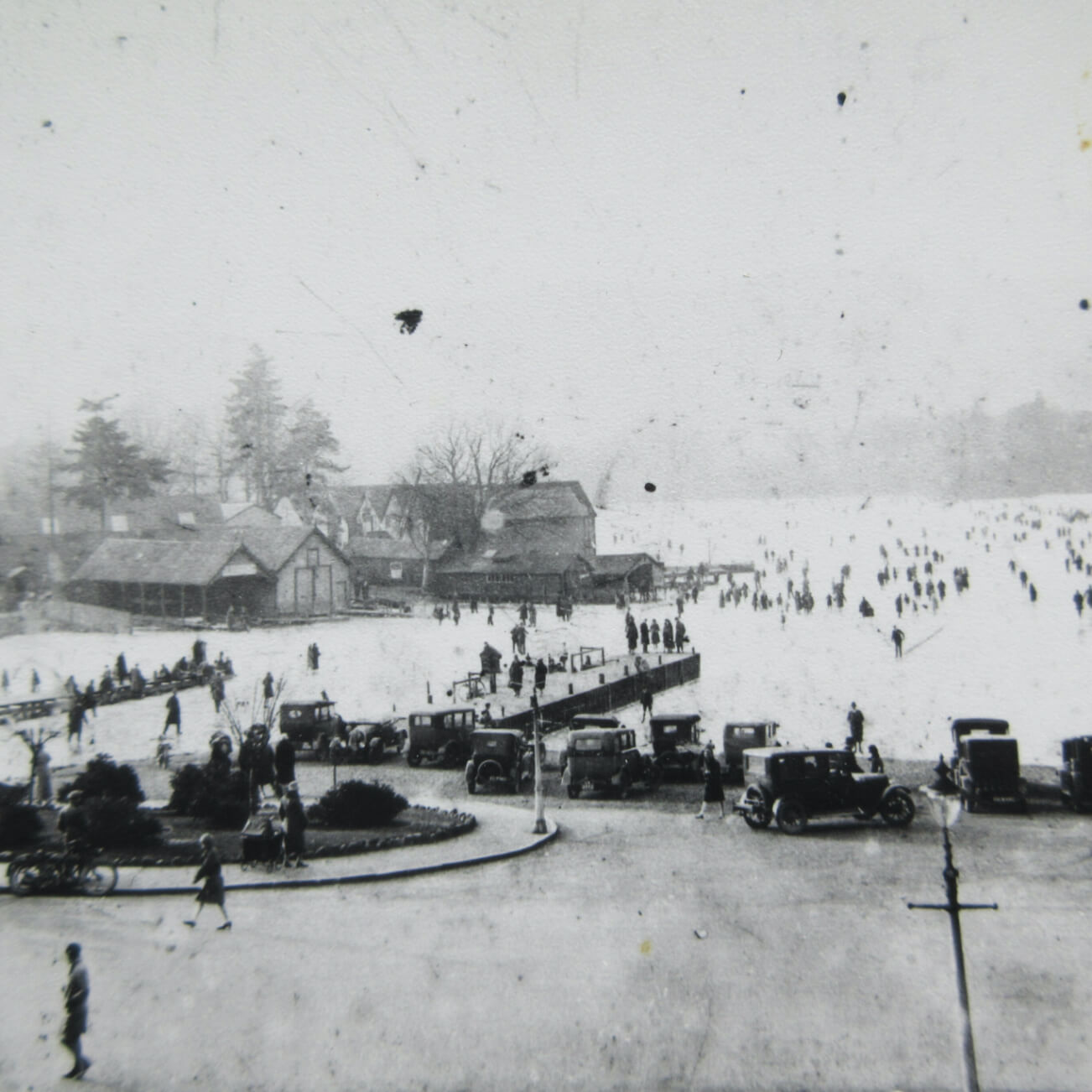
The Lake District in Winter
Winter in the Lake District may be a wee bit nippy, but that’s its attraction to Britain’s many snowsports enthusiasts, giving them opportunities to winter hike and practice mountaineering techniques without having to make a trip abroad.
And, let’s not forget that however cold the Lakes get, there have been times when they have been a lot colder. Two million years of glaciation created the distinctive topography, forming an upland massif with a radial pattern of deep valleys that often feature elongated lakes, with smaller lakes (or “tarns”), such as the one at Linthwaite House, found at higher elevations.
In the winter of 1683 to 1684, temperatures plummeted so low that Windermere froze over for a full three months. More recently, in the 20th century, there were several occasions when the lakes became ice-bound. In 1940, the temperature in Ambleside dropped to –21.1C, resulting in ice measuring over 3cm thick on Derwentwater. In 1925 and again in 1963, Windermere (the largest lake) became a giant natural ice rink.
Currently, the Lake District witnesses an average of about 20 snowy days per year, increasing to as many as 67 days per year on top of the higher mountains such as Helvellyn (the third tallest peak in the region). And they may not reach the heady heights of the Alps, but yes, they are mountains, officially known as the "Cumbrian Mountains" (second only in height in the United Kingdom to Scotland’s Cairngorms), although terms like "the Lake District" or "the Lakeland Fells" are more frequently used.
Scafell Pike 978 m (3,209 ft) is officially England’s highest mountain and, on a clear day, its summit enjoys extensive views, from the Mourne Mountains in Northern Ireland to Snowdonia in Wales, as well as over to the Isle of Man and Scotland. Walking or climbing up it in winter requires the correct clothing and equipment such as waterproofs, boots, ice axes, crampons, kisus (bivouac shelters), spare clothing, water and spare food. May we recommend you include a pack of locally-produced Kendal Mint Cake? If it’s good enough for the first ascent of Everest…
There are 1,342 miles of footpath to explore within the National Park – many famously documented by Alfred Wainwright – but if you are not very experienced in winter walking, we would suggest joining one of the Weatherline guided walks or taking one of their winter skills courses, details of which can be found here. Better to be safe than sorry.


